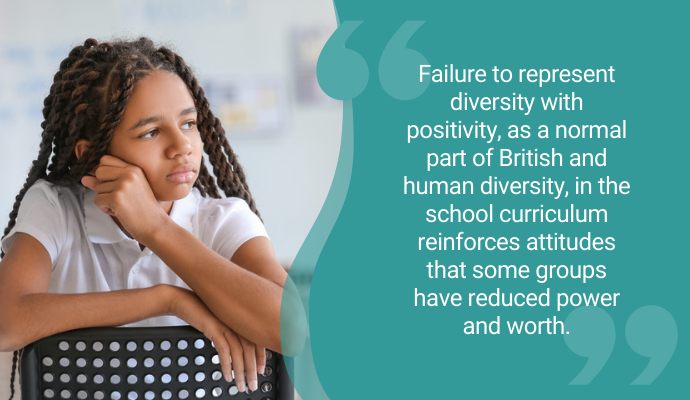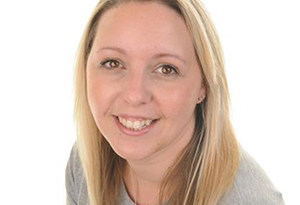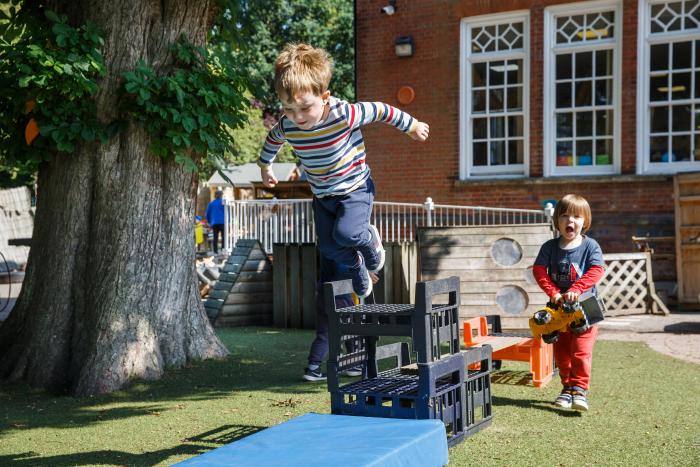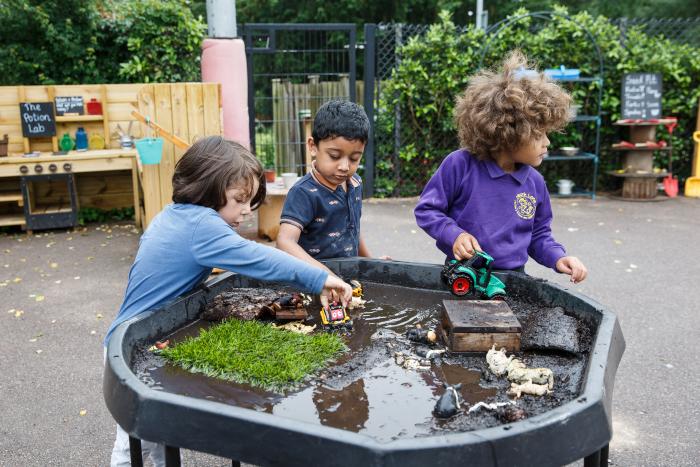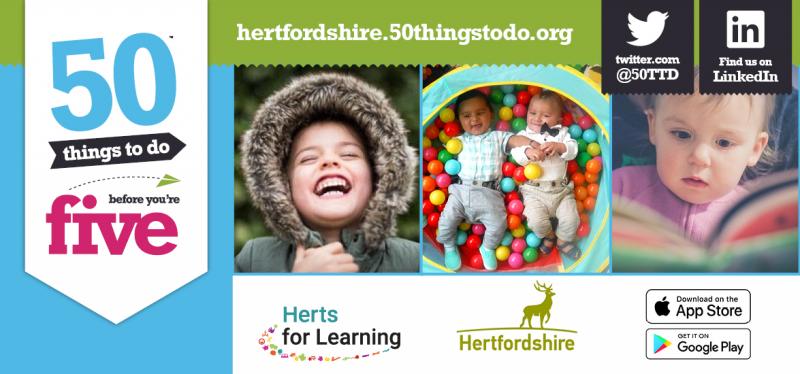School timetabling is not a ‘dark art’
Phrases like the following cause many teachers to feel that timetabling is a task they would not want to take on.
- timetabling wizard
- locked in a dark room until it’s done
- that won’t work
- you can’t have that
- nothing will change; it’s finished
What is the way forwards away from the ‘magic’?
Constructing the timetable needs to be broken down into its constituent parts, open communication should be encouraged and more members of staff involved.
The importance of curriculum design
The first element is that the timetable should be reviewed by the people operating it; the students and the staff - which will help inform decisions that are taken at later dates.
The curriculum needs to be designed based on the students that will be taught. This should involve all heads of department who should have input into the discussion about the curriculum time required for each subject and class organisation. Once finalised the picture of the model should then be available to all staff. One of the main reasons for the mythology surrounding timetabling is the lack of understanding that the general teaching population has about how the school curriculum is organised. This will range from members of the SLT (sometimes including the head) down to main scale teachers. There are also examples where an individual head of a department does not know how the students have been organised in classes, and almost certainly have not been involved in discussions about how to best deliver their subject. For example, where the French classes are determined by the English class that students are in, but the head of MFL is not aware of this. It is therefore important that the organisation of the curriculum is shared with and understood by all middle leaders, who can then communicate this to their departmental colleagues. It should also be understood that curriculum structures and organisation are not always set in stone.
Clear information needs to be produced about working with any external partners including specific information on any timings that are relevant to the timetable. This cannot be truly finalised until the Key Stage 4 and Post-16 options processes have been completed.
The importance of staffing
Once the curriculum is finalised the school should next consider resourcing the timetable. The school needs to identify what the maximum teaching load for each teacher will be and what subjects they can teach. This will identify where the school will need to recruit, or which departments need to be slimmed down. Heads of department will need to be involved to check on the teaching expertise of their staff.
Heads of department then need to work out the best deployment of their staff across the classes that require teaching. For this task they need to be aware of how their subject is structured in each year of the school. They also need to know how many teaching periods they can allocate for their subject to each member of staff, and what other duties each of their staff will be undertaking. This work is essential in that you can discover problems with the structure at this stage if the planning has not been done with due diligence or there are specific decisions that will need to be taken by the school in order to utilise their teachers effectively. Before being finalised the decisions of the head of department should be reviewed by their line manager to ensure that decisions have been made to help the students make the best progress.
Almost inevitably there will be a need for compromises to be made, either with assigning non-specialist teachers in the planning stage or conflicts between staffing requests and factors external to the department. The headteacher needs to be appraised of these known issues, and there should be clear explanations as to why these occurred. There can then be discussions about how to resolve these in the future.
The importance of communication
Timetabling is quite rightly seen as a difficult task, but some people give the impression that you have to have a very strange skillset to be a successful timetabler. The truth is somewhat different, yes you need an eye for detail, but most of all you need to be able to gather and process information and communicate with all the members of teaching staff in the school.
The school timetabler may not want to have the difficult conversations and may wish to produce a final solution that ‘cannot change’ before being told certain plans are not what is wanted. This can come from an insecurity on their part that they are concerned that the timetable will not work, will not be completed on time and does not want any extra restrictions placed on them.
Timetablers have the capacity to be one of the biggest blockers on curriculum change in a school, this can be overall structure or just how one subject is organised. A thought that “the timetable worked this year so I am confident that it will work next year as long as nothing changes” can lead to a thought process that any change will be impossible to schedule so changes to the curriculum structure must be discouraged.
It is essential that the timetabler gives clear and helpful explanations about why a particular structure on the timetable has occurred. Areas of concern on the timetable (for example, split classes or multiple lessons on a day) should be highlighted with reasons why they have occurred rather than a vague explanation.
The timetable is sometimes produced close to the end of term with no time for discussion about changes. This can occur because the timetabler has ‘finished’ the timetable and nothing can be changed. My experience, of over 25 years timetabling is that although the last few pieces of the jigsaw are the most difficult to fit in, once they are in then the timetable as a whole can be analysed and some areas of concern, for example, split classes, can be addressed quite easily.
Timetable construction should be seen a collaborative task, no matter who has the ultimate responsibility for completing it. The finished timetable will affect hundreds (possibly thousands) of people for a whole year, this includes teachers, teaching assistants, students and parents.





